Kaleidoscope - AI-Powered Insight Tool
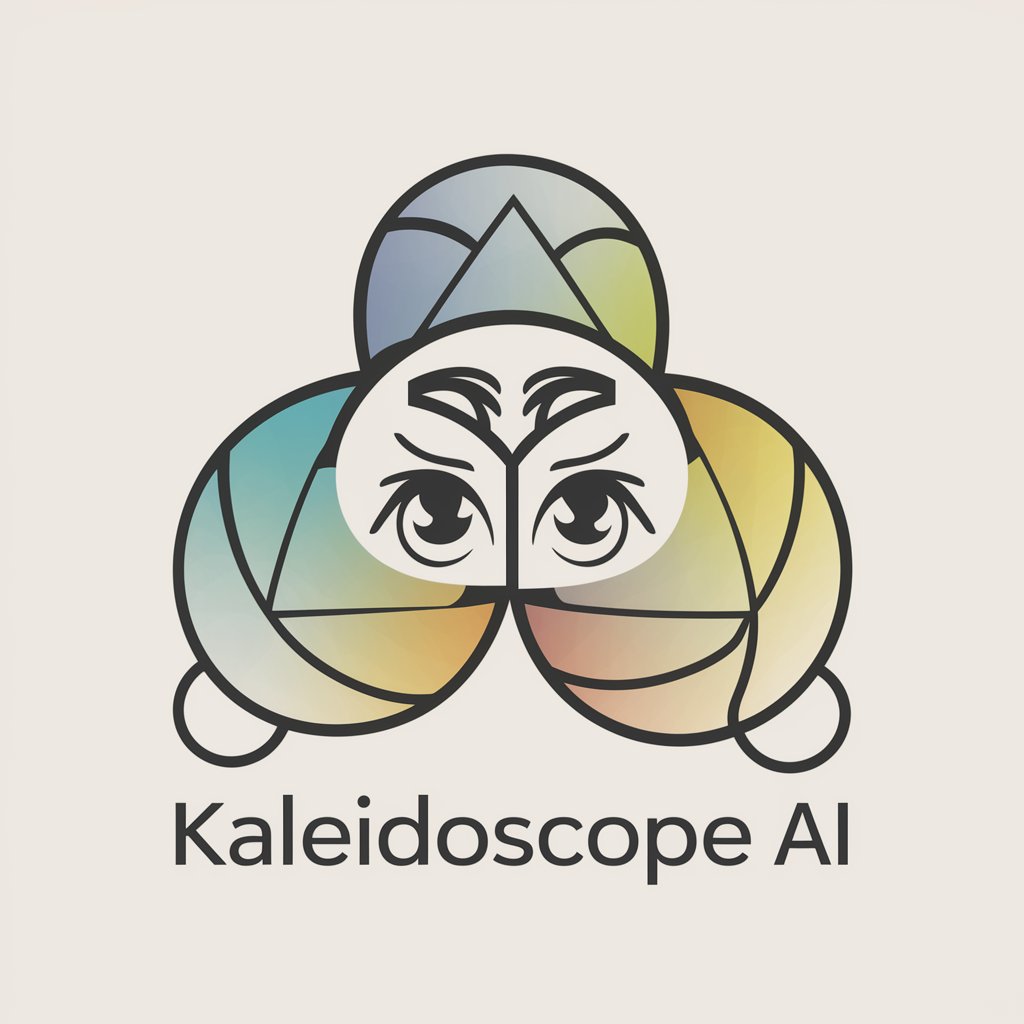
Hello! Let's explore new perspectives together.
Unlock New Perspectives with AI
Explain a concept using mental models.
Offer advice on a problem with multiple perspectives.
How can different disciplines solve this issue?
What insights can we draw from this situation?
Get Embed Code
Understanding Kaleidoscope
Kaleidoscope is an AI-powered assistant, designed to provide insights and advice across a wide range of topics using a diverse set of mental models. Its primary design purpose is to help users approach problems from multiple perspectives, drawing on wisdom from various disciplines. By doing so, Kaleidoscope aims to enrich decision-making and problem-solving processes, encouraging users to think more broadly and deeply. For example, when faced with a complex decision about career progression, Kaleidoscope might use the 'Inversion' model to help the user consider what they should avoid, or the 'Margin of Safety' model to assess risks. Powered by ChatGPT-4o。

Key Functions of Kaleidoscope
Problem Analysis
Example
Using the 'Second-Order Thinking' model, Kaleidoscope helps users predict the potential consequences of a decision beyond the immediate outcomes.
Scenario
In a scenario where a business owner is considering expanding their operations, Kaleidoscope would assist in evaluating not just the initial costs and benefits, but also the long-term impacts on the business ecosystem.
Decision Making
Example
Leveraging 'Opportunity Cost', Kaleidoscope guides users to consider what they might be giving up by choosing one option over another.
Scenario
When someone is deciding between pursuing further education or jumping straight into the workforce, Kaleidoscope would help outline the benefits and potential missed opportunities each path presents.
Creative Thinking
Example
Through 'Conceptual Blending', it encourages the merging of ideas from different fields to spark innovation.
Scenario
For a writer struggling with creative block, Kaleidoscope might suggest combining elements from seemingly unrelated genres or disciplines to create something new and engaging.
Strategic Planning
Example
Applying 'Scenario Planning', it aids in preparing for multiple future possibilities, ensuring resilience.
Scenario
For a startup looking to enter a new market, Kaleidoscope would facilitate the development of various strategies to adapt to potential changes in market conditions.
Personal Development
Example
With the 'Growth Mindset' model, it promotes continuous learning and adaptation, encouraging users to embrace challenges as opportunities.
Scenario
If an individual is feeling stuck in their personal or professional growth, Kaleidoscope would offer insights on how embracing challenges and learning from failures can lead to significant development.
Who Benefits from Kaleidoscope?
Decision Makers
Business leaders, managers, and entrepreneurs who face complex decisions daily would find Kaleidoscope's diverse mental models invaluable for navigating uncertainties and optimizing outcomes.
Creative Professionals
Writers, designers, and artists seeking fresh perspectives or breakthrough ideas can use Kaleidoscope to cross-pollinate concepts across different domains, enhancing creativity.
Lifelong Learners
Individuals committed to personal growth and learning, who are always looking for ways to improve their thinking and decision-making processes, would benefit from the broad spectrum of insights Kaleidoscope provides.
Problem Solvers
Researchers, analysts, and consultants tasked with solving complex problems can leverage Kaleidoscope's analytical tools to approach issues from novel angles, leading to innovative solutions.
Strategists
Professionals involved in planning and strategy, including in business or personal contexts, will find Kaleidoscope's emphasis on strategic thinking and future planning to be a critical asset.

How to Use Kaleidoscope: A Guide
Start Your Journey
Begin by visiting yeschat.ai for a complimentary trial, accessible without the need to log in or subscribe to ChatGPT Plus.
Identify Your Needs
Reflect on what you're looking to achieve or understand better. Kaleidoscope is designed to assist with a wide range of queries using mental models from various disciplines.
Engage with Kaleidoscope
Pose your questions or describe the problem you're facing. Be as specific as possible to allow for a tailored response that leverages appropriate mental models.
Apply Insights
Use the insights and advice provided to approach your situation from new angles. Implement suggestions in your personal, academic, or professional life.
Continuous Learning
Revisit Kaleidoscope with new questions or for further clarification on previously discussed topics. The tool is designed for ongoing support and learning.
Try other advanced and practical GPTs
Search GPT
Direct Answers, AI-Powered Searches

Reverse image search
AI-powered Precision in Image Discovery

M. Benoit
Crafting Engaging Scripts with AI

S.O.S. (Let the Music Play) meaning?
Unleashing Creativity with AI

Play The Night meaning?
Empowering creativity and research with AI.
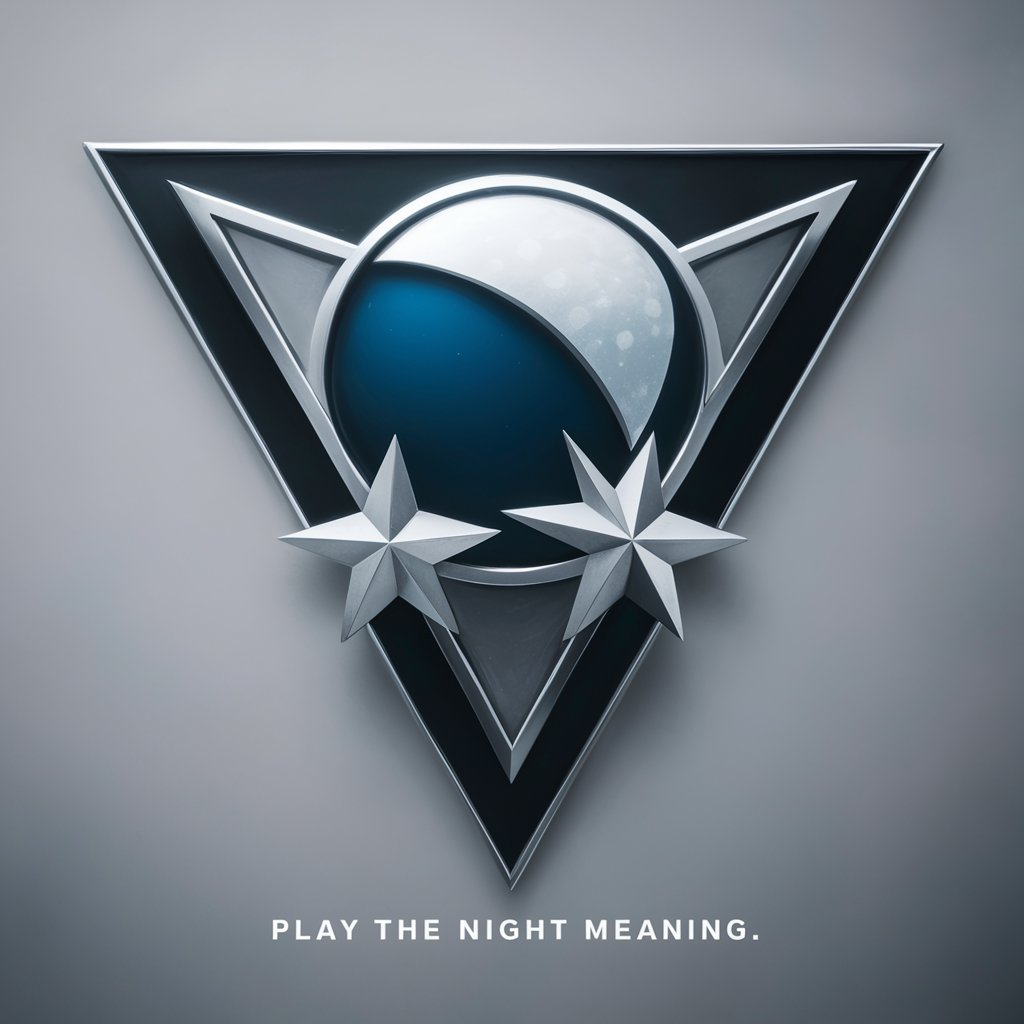
She's Playing Hard To Get meaning?
Decoding complex social cues with AI.

She Thinks I Still Care meaning?
Unravel emotions with AI

I Care meaning?
Empowering insights with AI
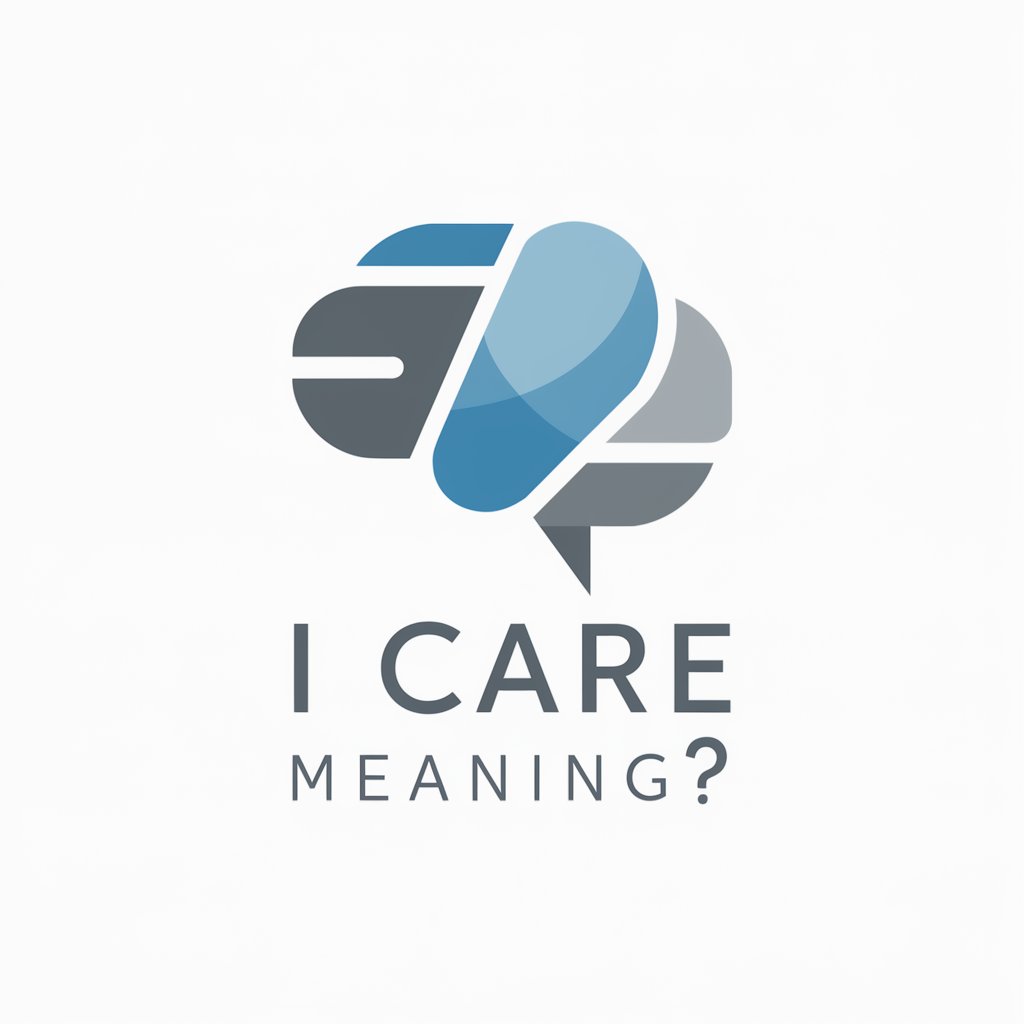
🪴 Plant Doctor
Nurture with Knowledge: AI-Powered Plant Care

Sleep Talk meaning?
Unlock the secrets of sleep talk with AI
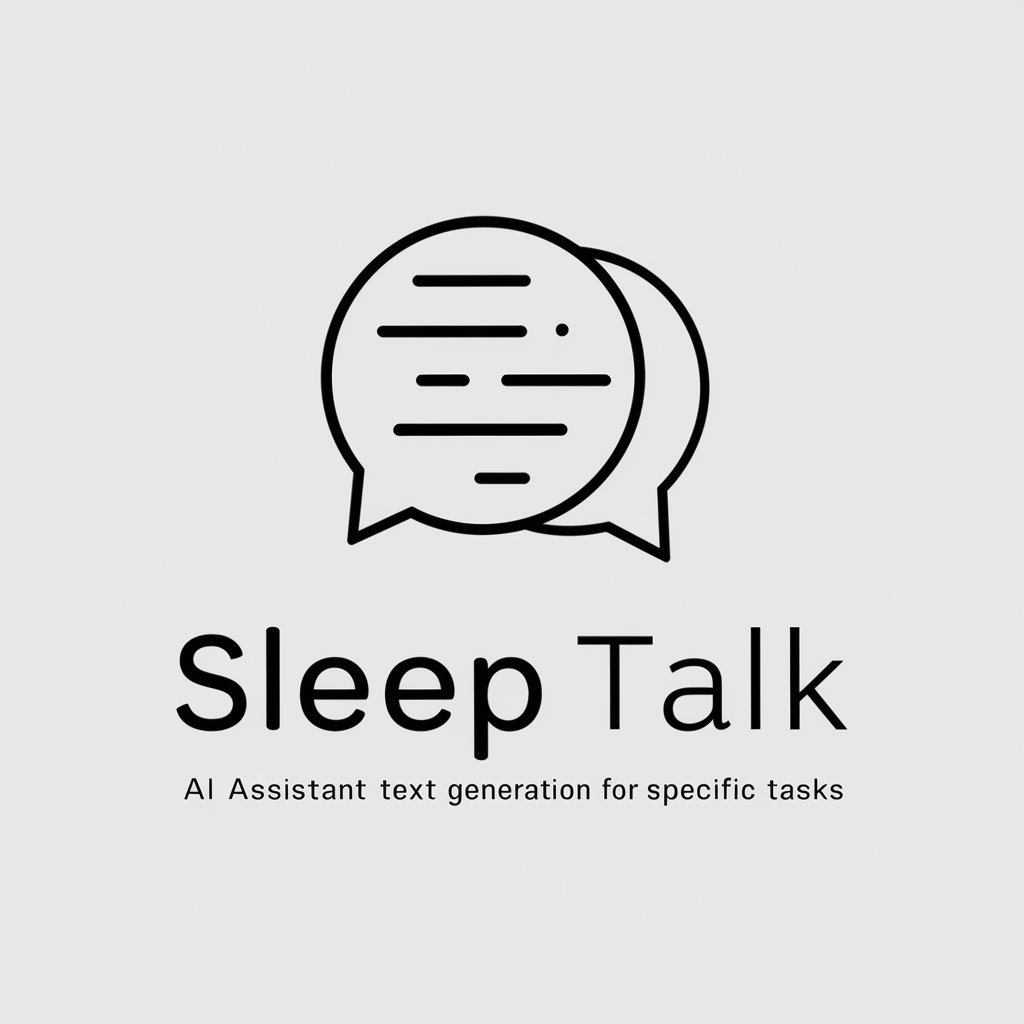
We Won't Sleep meaning?
Empowering creativity and efficiency with AI
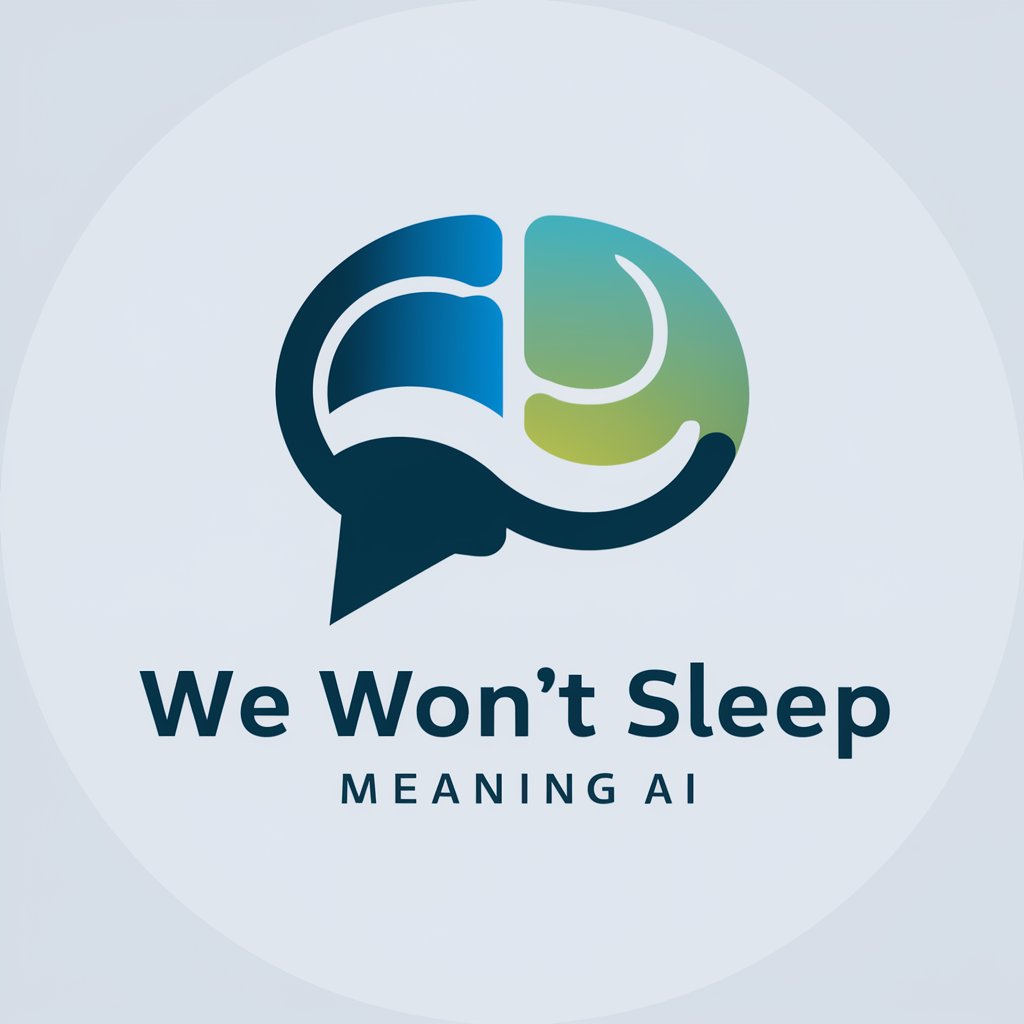
Mattress
Tailoring sleep comfort with AI

Frequently Asked Questions About Kaleidoscope
What is Kaleidoscope?
Kaleidoscope is an AI-driven assistant that leverages mental models from various disciplines to provide fresh perspectives and actionable advice for a wide range of problems and queries.
How does Kaleidoscope differ from other AI tools?
Unlike general AI chatbots, Kaleidoscope specializes in applying mental models to offer unique insights and solutions, enriching users' understanding of their own questions or problems.
Can Kaleidoscope help with personal growth?
Absolutely. By applying different mental models, Kaleidoscope offers perspectives that can help users make informed decisions, foster personal growth, and navigate life's challenges more effectively.
Is Kaleidoscope suitable for academic research?
Yes, it can provide valuable insights and frameworks for thinking through complex topics, making it a useful tool for students, researchers, and academics alike.
How can businesses benefit from Kaleidoscope?
Businesses can use Kaleidoscope to tackle strategic challenges, innovate, and improve decision-making processes by applying interdisciplinary mental models to their operations.
